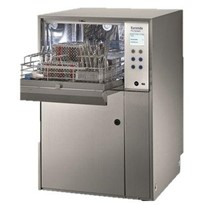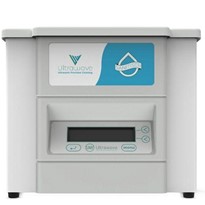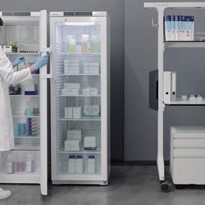The importance of medical grade paper in the sterilisation process
Why choose Eurosteril® rolls and pouches
Packaging is one of the preliminary steps to sterilisation and consists of placing the concerned medical devices in a disposable packaging (Sterile Barrier System – SBS), whose characteristics are established under the UNI EN ISO 11607-1 standard.
The sterilisation protocol stipulates that, following the washing and decontamination phase, each instrument and medical device must be placed in a SBS to keep the instruments sterile until their next use. The sterile barrier system is essential to provide a microbial barrier and ensure the safety of sterilised medical devices over time and thus protect and preserve the safety of all the persons in the premises of a practice, from operators to patients.
The Sterile Barrier System may consist of a container, an envelope or medical paper. It must be appropriate to the method of sterilisation (ethylene oxide, irradiation or steam) and to the type and weight of the medical devices. The packaging of objects and devices to be sterilised:
- is intended to preserve the sterility of the processed material until its use
- must allow penetration and contact of the sterilising agents with the surface of the objects
- must reduce the risk of contamination of the contents when opened.
In the case of steam sterilisation, the most commonly used Sterile Barrier System in many practices are paper-film-polymer (polyethylene/polypropylene) pouches and rolls.
Characteristics and functions of medical grade paper
Sterilisation pouches and rolls are created by combining three materials: medical paper, polypropylene, which seals the roll and pouch, and polyethylene, which acts as a barrier. The two plastic films are laminated together: polypropylene on the inside and polyethylene on the outside. The market offers various sizes and formats of such barrier systems (flat or gusseted pouches/rolls, thermal-welding pouches), all of which have 2 or 3 side seals and chemical process indicators to identify sterilised and unprocessed products at a glance.
The medical paper used to manufacture sterilisation rolls and pouches is a critical material as it has the dual function of passing the sterilising agent during sterilisation process and keeping sterility after sterilisation. There are a number of technical features that identify the quality and performance of medical paper and therefore have a direct impact on the ability of pouches and rolls to maintain sterility over time:
Porosity
It must be well balanced to allow the instruments inside the bag to be sterilised and, at the same time, protected from bacteria. Medical paper must allow effective evacuation of air and faster steam penetration.
Pore size
Pore size is crucial for the barrier properties of the paper, small pores are important for product safety and contribute to the shelf life of instruments.
Tear resistance
It establishes the force required to open the envelope, minimising the risk of tearing it.
Wet & Dry Burst strength
The instruments must not be able to break the paper of the envelope, even when the paper is saturated with water resulting from autoclave steam or during sterilisation. The paper must be strong enough to withstand processing, storage and transport.
Wet & Dry Tensile strength
The tensile strength of the paper is crucial to keep the envelope and contents safe under wet and dry conditions. Tensile strength is the maximum stress that a paper sample can withstand while being stretched or pulled before breaking.
Water absorption
The ability to absorb water is essential to support sealing and protect the pack.
Water repellency
The time it takes for the paper to be saturated by drops without compromising strength.
Surface roughness
The surface of the paper determines its appearance and printability. This property is very important when the package contains instructions for use that are printed directly on the envelope.
PH
Paper with low PH may react on packed instruments. It may also change colour.
Chloride and sulphate content
Chemical additives affect the acidity of the paper, which in turn can affect the coating, the ink and the product itself.
Fluorescent stains
Agents such as optical bleach to whiten paper are banned in medical packaging due to the high risk of toxic contamination. Their presence is easily detected by the UV lamp.
Eurosteril® rolls and pouches are produced by Euronda in full compliance with EU Regulation 2017/745 and EN 868-5 standard. Thanks to their high quality raw materials, including medical grade paper, and the manufacturing technologies, Euronda® rolls and pouches guarantee the sterility of the contents for up to six months from the date of production under suitable storage conditions and subject to validation of the sterilization and sealing process.
For more information and pricing on the Euronda thermosealer machines and Eurosteril® sterilisation rolls, contact the ICONA team on 1300 442 662



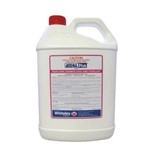
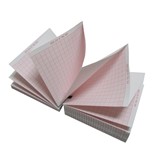

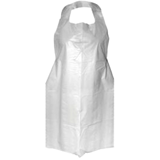
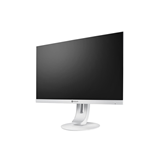
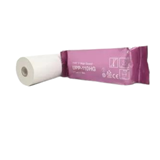
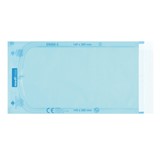
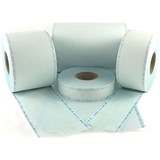

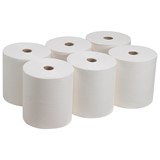
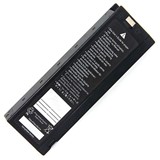
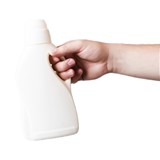
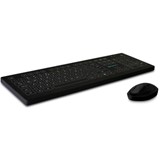





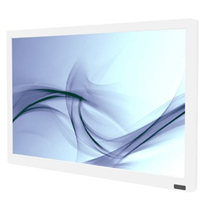
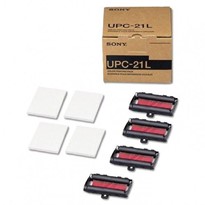
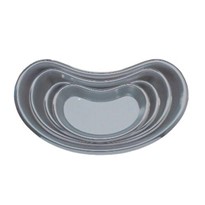
-205x205.jpg)







